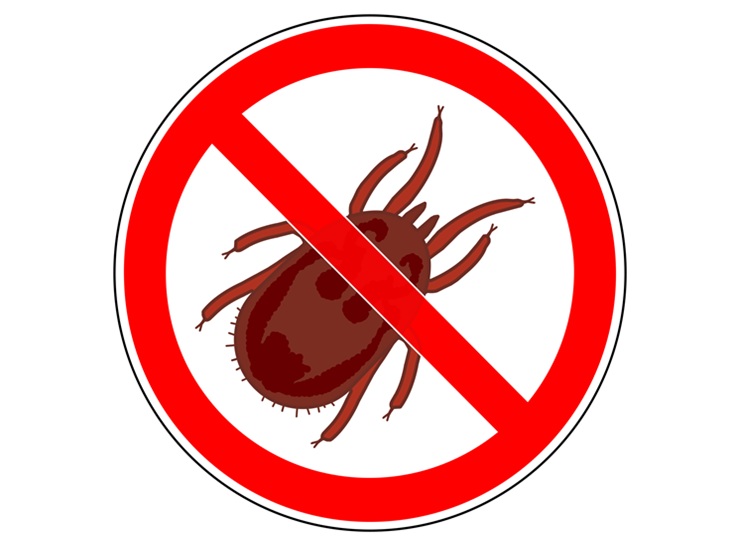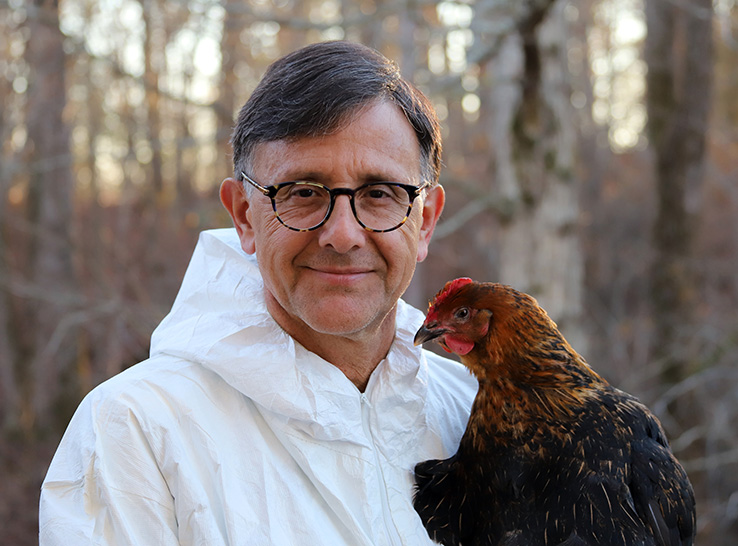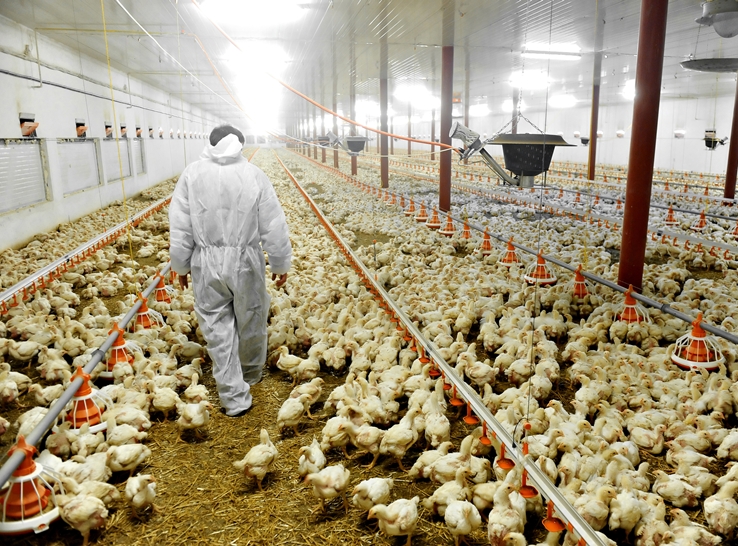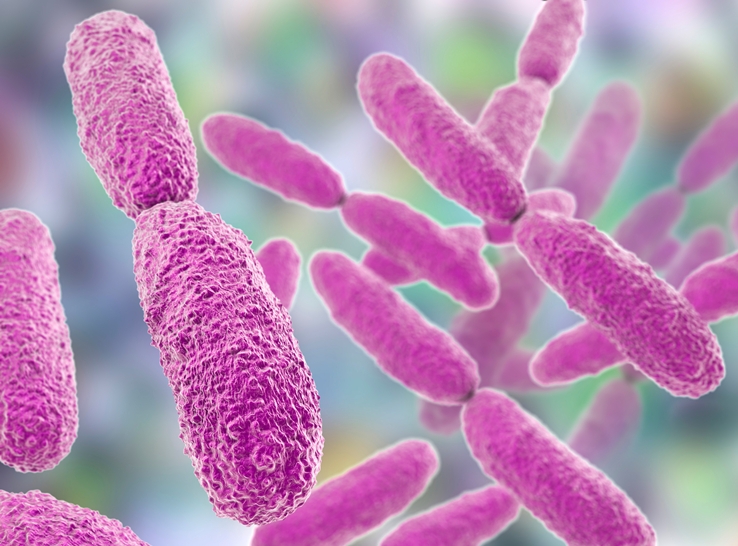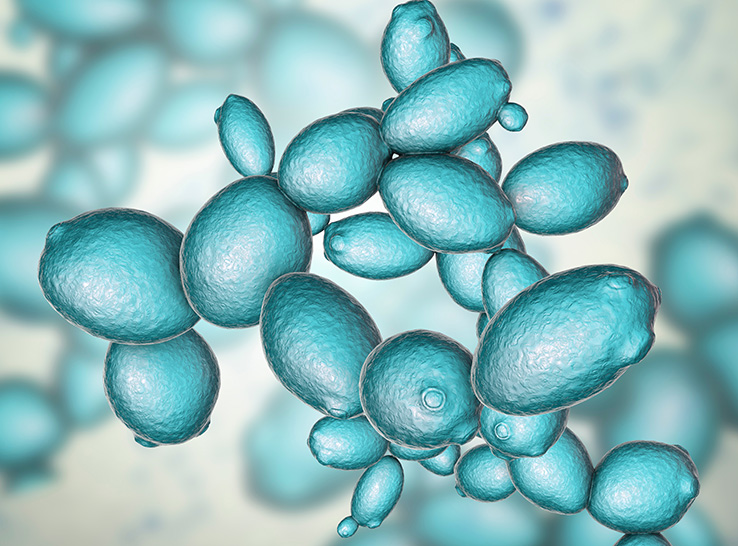By Guillermo Zavala, DVM, MAM, PhD, Dipl ACPV
Avian Health International, LLC
Athens, Georgia
Most people in the poultry industry know that biosecurity and vaccination are valuable tools for protecting poultry against viral and bacterial diseases. What some don’t realize is you can’t practice one without the other.
For either to be successful, biosecurity and vaccination must be part of an integrated, strategic program. It’s important for industry decision-makers to keep this in mind — not only when battling endemic problems such as Newcastle disease (ND), infectious bronchitis (IB), infectious laryngotracheitis (ILT) and infectious bursal disease (IBD), but also rapidly spreading viruses such as highly pathogenic avian influenza (HPAI).
Vaccination and biosecurity must be considered inseparable partners for adequate disease prevention. Put another way:
- Vaccination without biosecurity is a weak formula for protection.
- Biosecurity without vaccination is an unrealistic proposal for disease prevention.
Biosecurity basics
Biosecurity can be defined in many ways, but the overall objective should be to prevent entry of unwanted pathogens to a poultry facility. It’s equally important to prevent exit of pathogens from a contaminated facility.
Practicing proper biosecurity should result in the absence of unwanted pathogens or, at the very least, a dilution of such pathogens to levels manageable through vaccination and/or a delay of exposure of susceptible poultry to potential pathogens in the field.
Understanding vaccines
It’s important to understand that few vaccines used in animal and human medicine induce sterilizing protection (100% efficacy) against infectious diseases. Some may come close, but they need to be supported with strong biosecurity programs.
In commercial production, unvaccinated poultry usually cannot handle even low concentrations of pathogens. Properly vaccinated poultry can be expected to withstand reasonable levels of exposure to pathogens. But even then, well-vaccinated poultry often fail at confronting high concentrations of evolving pathogens in the field. That is why biosecurity is a prerequisite for successful vaccination.
To use vaccines successfully, we also need to understand how they work — specifically, the mechanism of protection induced by different types of vaccines.
Live vaccines
Live vaccines, whether they are live attenuated viruses, bacteria or parasites such as Eimeria (coccidia), are likely to induce both cellular and humoral (antibody-mediated) immunity. When poultry are vaccinated against respiratory pathogens such as ND virus or IB virus, there will be a complex immune response that will include cellular and humoral immunity.
Ordinary serology, such as enzyme-linked immunosorbent assays (ELISA), measures almost exclusively the production of immunoglobulin G (IgG), which is an important circulating antibody. However, IgG is not present in key anatomical sites such as the conjunctiva, nasal passages or epithelial membranes of the respiratory tract, where IgA is very important.
Another immunoglobulin that is triggered by live vaccines is IgM, an important circulating antibody that stays in the blood and doesn’t play a role in the respiratory tract but provides systemic protection. Cellular immune responses are crucial for achieving effective protection of birds against respiratory pathogens. The only type of measurement used to evaluate flock responses to respiratory vaccines is an evaluation of IgG (by ELISA or hemagglutination inhibition) but not of IgA, IgM or complex cellular immune responses.
Recombinant vaccines
Another example is recombinant vaccines against ILT, ND or IBD, which provide protection at the cellular and humoral levels but do not typically trigger robust antibody responses comparable to ordinary live attenuated vaccines.
This does not mean that recombinant vaccines are not satisfactory in terms of protection, but ordinary ELISA systems are often inadequate for evaluating antibody production induced by such types of vaccines. Lack of detection of robust antibody responses using ELISA is not equivalent to lack of protection by recombinant vaccines.
Killed-virus vaccines
Inactivated or killed-virus vaccines against a variety of respiratory, immunosuppressive, enteric (intestinal) or musculoskeletal viruses stimulate the production of mostly IgG detectable by ELISA, but such type of vaccines does not ordinarily stimulate significant amounts of IgM, IgA or cellular immunity.
Multi-layered immunity
A complete vaccination program for breeders and layers should rely on a combination of live and/or recombinant and killed vaccines to achieve three levels of protection:
- Cellular immunity
- Systemic humoral immunity (provided by IgM and IgG)
- IgA for local protection.
IgG triggered by killed vaccines is essential for long-term protection of layer and breeder flocks. IgG is also essential for progeny protection since it is the only type of antibody that is transferred in significant levels to the progeny via the yolk and will help to reduce the chances of infection in the progeny for the first 2 to 3 weeks of life.
Thus, an important aspect of vaccines and vaccination that is sometimes misunderstood or forgotten is that each type of vaccine might stimulate different branches or mechanisms of the immune system, and not all of them can be adequately evaluated using ELISA.
What about vaccinating for H5N1?
A special case is the ongoing H5N1 HPAI outbreak in chickens, turkeys, wildlife and other animal species, which has prompted discussions on the possibility of vaccination against H5N1. Some advocate for vaccination while others insist on focusing on biosecurity measures only. In my view, it’s not realistic to implement one without the other.
Regardless of the potentially negative impact on poultry and poultry-product exports, industry must understand that, once again, vaccination without biosecurity is a weak formula for protection; and biosecurity without vaccination is an unrealistic proposal for disease prevention.
A higher concentration of H5N1 virus will be needed to infect vaccinated poultry than non-vaccinated poultry. A full-blown outbreak of HPAI might take longer to develop and spread in vaccinated flocks. Infected flocks that were vaccinated might shed a lower concentration of infectious virus, and mortality might be lower.
In the event of an outbreak of H5N1 in a vaccinated flock, it will still be necessary to depopulate the infected flock, but personnel involved in depopulation might be exposed to a lower concentration of H5N1 during the depopulation process.
Many countries around the world vaccinate against avian influenza of the H5, H7 and H9 subtypes with relative success. Years of experience have been accumulated in various countries using recombinant vaccines, reverse-genetics vaccines and inactivated vaccines against avian influenza.
Along with this experience, much has been learned on the use of serology to evaluate responses to different kinds of vaccines. Whatever the philosophy might be on the possibility of vaccinating against avian influenza and other important diseases, it should be considered that vaccination without biosecurity is a weak formula for protection; and biosecurity without vaccination is an unrealistic proposal for disease prevention.
Editor’s note: The opinions and/or recommendations presented in this article belong to the author and are not necessarily shared by Modern Poultry.

